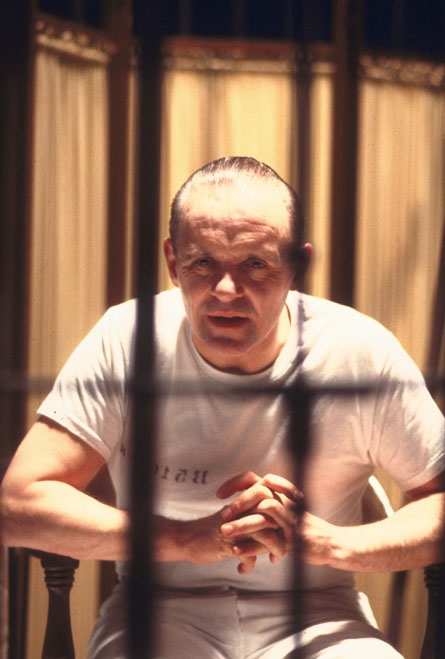AMD FreeSyncT technology er klar
Grafikkort, AMD/ATI d. 21. marts. 2015, skrevet af morra19 11 Kommentarer. Vist: 2091 gange.
#1
Glæder mig til at prøve det. Passer nok med at 390/390X er ude, før vi ser nogle 1440p AHVA 120-144 Hz skærme med Freesync.
Jeg kan se et par Freesync 1440p TN skærme på Komplett og prisen er godt nok høj.. På niveau med Asus ROG Swift og det giver ikke meget mening eftersom den har Gsync, men de falder nok når de faktisk kommer på lager.
Jeg kan se et par Freesync 1440p TN skærme på Komplett og prisen er godt nok høj.. På niveau med Asus ROG Swift og det giver ikke meget mening eftersom den har Gsync, men de falder nok når de faktisk kommer på lager.
#2
#1 - Men er Freesync ikke allerede bygget ind i standarden for VESA?
Derfor kræver de ikke ekstra hardware, og skulle ikke være specielt meget dyrere - Var det ikke hele idéen med det?
Ikke som G-Sync skærme der rent faktisk kræver Nvidia hardware i skærmen.
Nu når du nævner at de koster det samme som GSync skærme.
Derfor kræver de ikke ekstra hardware, og skulle ikke være specielt meget dyrere - Var det ikke hele idéen med det?
Ikke som G-Sync skærme der rent faktisk kræver Nvidia hardware i skærmen.
Nu når du nævner at de koster det samme som GSync skærme.
#3
#1 Jo "Freesync" bruger Displayport 1.2a's adaptive sync standard, men så vidt jeg ved skal skaleren undersøtte det, derfor er ikke alle skærme kompatible, sådan har jeg ihvertfald forstået det..
Jeg tror nu også priserne falder når de kommer på lager, som jeg skriver.
Jeg tror nu også priserne falder når de kommer på lager, som jeg skriver.
#4
Det kræver stadigt at scaleren i skærmen understøtter adaptive sync, men i modsætning til G-sync skal man ikke betale "nVidia" skat.
#6
Det er nyt så hvis man forventer at de forære det væk så..... 😕
#7
Kan se at Webhallen har fået Acer FreeSync skærmen til 4000 altså 1000,- billigere end Komplett.
Så de falder nok hurtigt når de begynder at komme på lager rundt omkring. Personligt skal jeg dog ikke have et TN panel og heller ikke en skærm med orange bund 🙂
Det bliver mere interessant når vi ser AHVA/IPS skærmene dykke op.
#6 Hele pointen var jo at det skulle være billigere end Gsync, så det skulle jo gerne være der der svarer til 100-200 dollars billigere for en skærm med ca. samme specs, hvilket også passer fint hvis man sammenligner Asus ROG Swift med Acer's f.eks.
Der er 1300 kroners forskel og panelet skulle være det samme, ligesom specs.
Så de falder nok hurtigt når de begynder at komme på lager rundt omkring. Personligt skal jeg dog ikke have et TN panel og heller ikke en skærm med orange bund 🙂
Det bliver mere interessant når vi ser AHVA/IPS skærmene dykke op.
#6 Hele pointen var jo at det skulle være billigere end Gsync, så det skulle jo gerne være der der svarer til 100-200 dollars billigere for en skærm med ca. samme specs, hvilket også passer fint hvis man sammenligner Asus ROG Swift med Acer's f.eks.
Der er 1300 kroners forskel og panelet skulle være det samme, ligesom specs.
#9
#8 Ja, men jeg er ikke den store fan af 21:9.
Jeg venter på Asus MG279Q:
http://rog.asus.com/393632015/...
Jeg venter på Asus MG279Q:
http://rog.asus.com/393632015/...
#10
Det undre mig (engeliyg ikke) de altid skal sammenligne freesync/gsync med vsync double buffering.
men glemmer helt at triple buffering modvirker fps drops og reducer inputlag fra renderings delay mht til vsync.
desuden hvis triple buffering var implementeret korrekt ( er det ikke ifoelge min mini test) saa ville triple buffering give mindre input lag end vsync/gsync ved potential hoejere fps and skaerm hz.
igen min lille minie test viste at dette IKKE er tilfaeldet desvaerre,
men glemmer helt at triple buffering modvirker fps drops og reducer inputlag fra renderings delay mht til vsync.
desuden hvis triple buffering var implementeret korrekt ( er det ikke ifoelge min mini test) saa ville triple buffering give mindre input lag end vsync/gsync ved potential hoejere fps and skaerm hz.
igen min lille minie test viste at dette IKKE er tilfaeldet desvaerre,
#11
#9 den ASUS ser sgu spændende ud.
Rygterne siger Q2 og ca. 599$
Rygterne siger Q2 og ca. 599$











